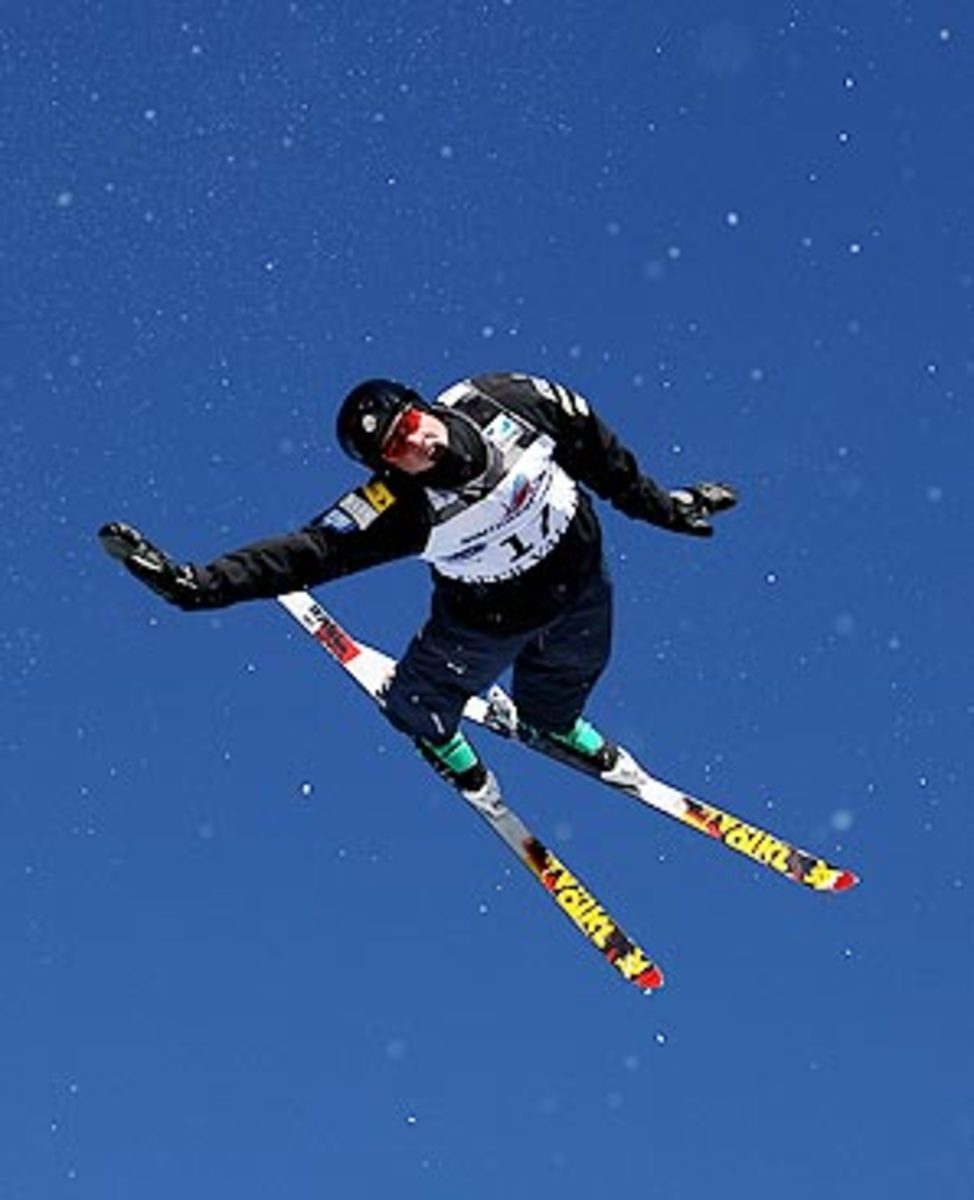Are the 2014 Olympics ready for freestyle skiing?
PARK CITY, Utah -- Slopestyle skiers were judged twice at their inaugural world championships: once for medals and once for the Olympic future of their sport.
American Alex Schlopy and Australian Anna Segal won the first slopestyle skiing world championships Thursday, performing tricks and jumps on a course that might resemble a Chicago skate park right about now. There's no clock; just five judges scoring the runs.
Another set of eyes, belonging to Canadian Walter Sieber, peered down from the judging tent, and he took notes of his own. Those results won't be known for another two months.
The International Olympic Committee program commission dispatched Sieber to this week's freestyle skiing world championships. Sieber is observing two freestyle skiing disciplines -- slopestyle and halfpipe skiing -- that are being considered for addition into the Winter Olympic program for the 2014 Games in Sochi, Russia. Sieber's job is to observe and report. He'll relay to the program commission, which in turn will report to IOC president Jacques Rogge.
In November, the IOC delayed its decision on adding events until after this winter's world championship season. That way, the committee gets an extra look at these fairly young events, which have a chance to showcase themselves on a world championship stage.
Rogge is expected to make the ultimate decision in April.
The skiing community is very optimistic for both slopestyle and halfpipe's inclusion given recent history. The IOC plucked X Games sports as additions at three of the last four Winter Olympics, and halfpipe and slopestyle seem to be next in line.
Sieber wouldn't disclose what he'll put in his report, but he said the slopestyle world championships were well organized with "tremendous performances." He pointed out that athletes from three countries (United States, Canada and Australia) shared the six medals, the kind of diversity the IOC likes when evaluating new sports.
"In general, it has to bring some kind of additional aspect to the Games," Sieber said. "It has to be something which the IOC believes is an asset to the Olympic program. You have seen in the last few years the IOC has added to the Olympic Games sports that are quite different, especially freestyle which appeals to the youth."
Sarah Lewis, secretary general for the International Ski Federation (FIS), said the IOC liked what it saw from sister sport skicross when it debuted at the 2010 Olympics. That sparked discussions about both ski and snowboard slopestyle and ski halfpipe.
"We went further and explained the other events we have," Lewis said. "The fact of having events outside of the traditional ones, it really brought it to the minds of the IOC that these are the things that the young people are enjoying and watching and have good exposure."
The potential drawbacks for the events being added seem minor. Judging is important to the IOC, Lewis said. The 2002 Olympic figure skating scandal made that a priority for every sport with subjective scoring. Lewis expressed confidence that the judging system for slopestyle and ski halfpipe is up to the standard.
A minority of athletes are concerned that Olympic inclusion may dampen the unrestricted style of the sport, much like some snowboarding traditionalists thought 15 years ago. Snowboarding didn't have any problem overcoming that and is now an extreme Olympic success.
Slopestyle and ski halfpipe -- collectively known as freeskiing -- are following the trail set by snowboarding. The X Games have brought popularity, leading the United States Ski and Snowboard Association as well as FIS, skiing's governing body, to take notice. Most athletes embrace it.
"It's fast paced, a fun sport to watch," Schlopy said. "It can definitely hit it big in the Olympics."
"It's the future of skiing," Segal said.
But is it the future of the Olympics?






